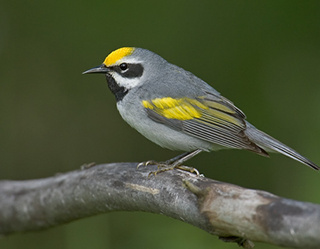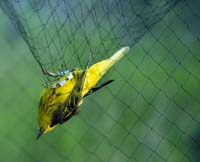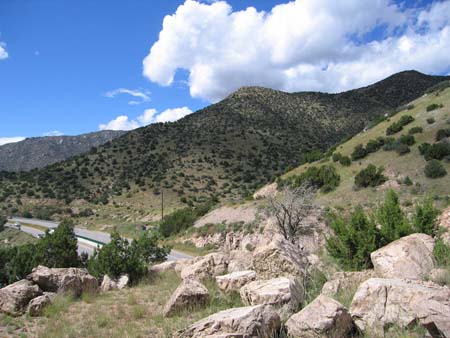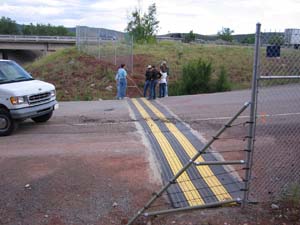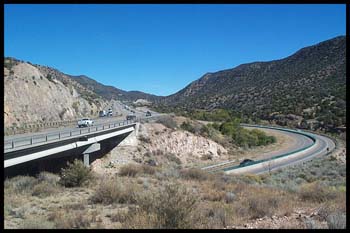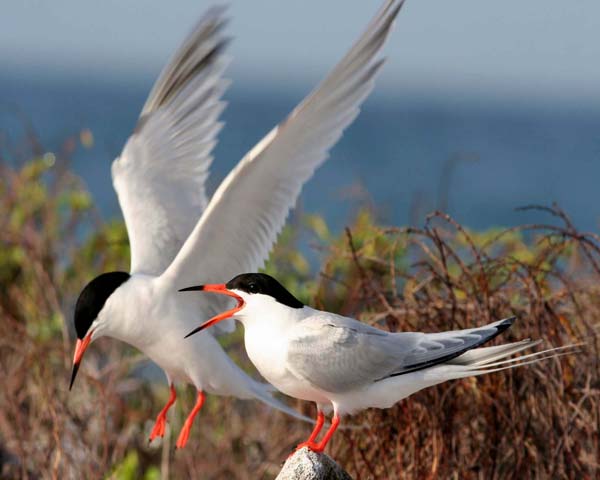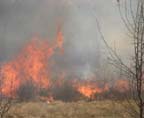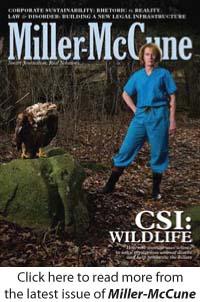(it’s a tree)
News story (KOTV Oklahoma)
Another news story (Springfield [Mo.] News-Leader)
Press release
Federal Register
News story (Reuters)
Another news story (Daily Journal [Indiana])
Press release
Federal Register
News story (LA Times)
Another news story (NY Times)
Press release
Federal Register
News story (Reuters)
Another news story (NY Times)
The court’s opinion (links to PDF)
Photo: Golden-winged warbler, courtesy US Fish and Wildlife Service

